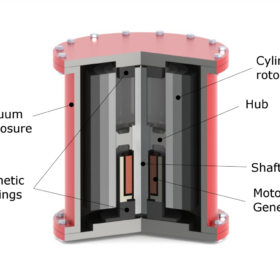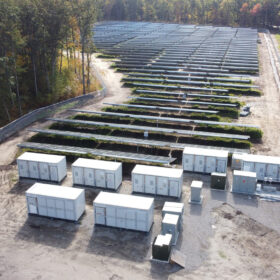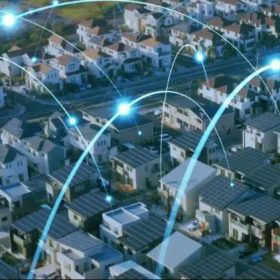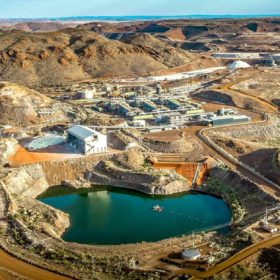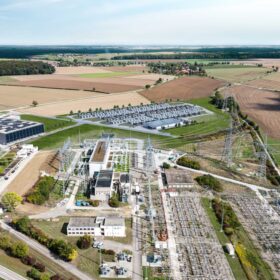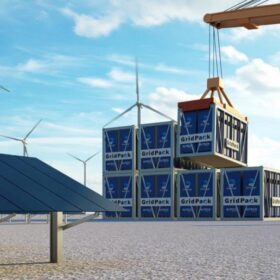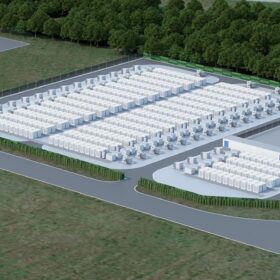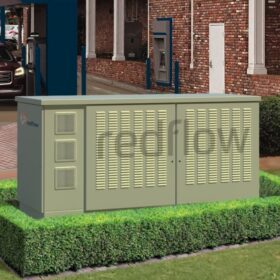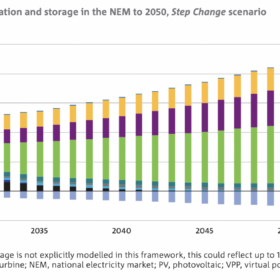Battery hydrogen vs. battery flywheel
Scientists in Italy have looked at how flywheel storage and reversible solid oxide cells could be integrated with lithium-ion batteries in minigrids powered by solar. They found that flywheels combined with batteries could be the cheapest option for power smoothing.
Top five battery energy storage system design essentials
Before beginning BESS design, it’s important to understand auxiliary power design, site layout, cable sizing, grounding system and site communications design.
VPP participation appears overblown with questionable fleet inclusions
Virtual Power Plants, or VPPs, are relatively mature in Australia due to the country’s high penetration of, and familiarity with, distributed energy resources. But claims of VPP success and participation may be overblown, with a considerable gaps between the numbers some platforms are claiming and the realms of possibility.
Value of Australia’s lithium exports more than triple from last year
Australia’s lithium and base metals like nickel, aluminium and copper are forecast to earn around $47 billion (USD 31.8 billion) in the current financial year, according to the Australian government’s latest forecasts.
Brisbane company launch lithium-sulfur cells with half weight of lithium-ion batteries
Brisbane company Li-S Energy has developed its third-generation semi-solid state lithium sulfur battery cells. The 20-layer cells, produced in its facility in Victoria, are lightweight and energy dense, reaching over 400 Wh/kg.
Fluence introduces utility-scale battery for transmission networks
Storage specialist Fluence has launched Ultrastack, a battery energy storage system (BESS) for storage-as-transmission assets. It is designed to help network owners and operators to manage renewables curtailment, increase the use of power lines, and limit congestion.
Altech reveals 1 MWh sodium chloride battery GridPack design
Western Australian battery technology company Altech Batteries has included “game-changing” sodium chloride technology in the design of its new battery 1 MWh GridPack which is expects will be up to 40% cheaper to produce than the dominant lithium-ion alternatives.
Shell adds 400 MWh Rangebank battery to expanding energy storage portfolio
The Australian renewables arm of international energy giant Shell has announced another addition to its rapidly expanding utility-scale battery portfolio, confirming it will team with the Green Investment Group to develop a 200 MW/400 MWh battery energy storage system in Victoria.
Redflow to work with Ameresco on solar-plus-storage solution
Australian battery manufacturer Redflow has inked a deal that will see it supply its “non-lithium” energy storage technology to clean energy outfit Ameresco which is looking to develop integrated solar and zinc-bromine flow battery solutions for its customer base throughout North America and Europe.
CSIRO says Australia’s storage capacity must grow tenfold, urges alternative technologies
Australia’s national science agency, the CSIRO, estimates the country could require a 10 to 14-fold increase in its electricity storage capacity between 2025-2050. It has released its energy storage report, forecasting demand in different sectors and summarising storage technologies.
